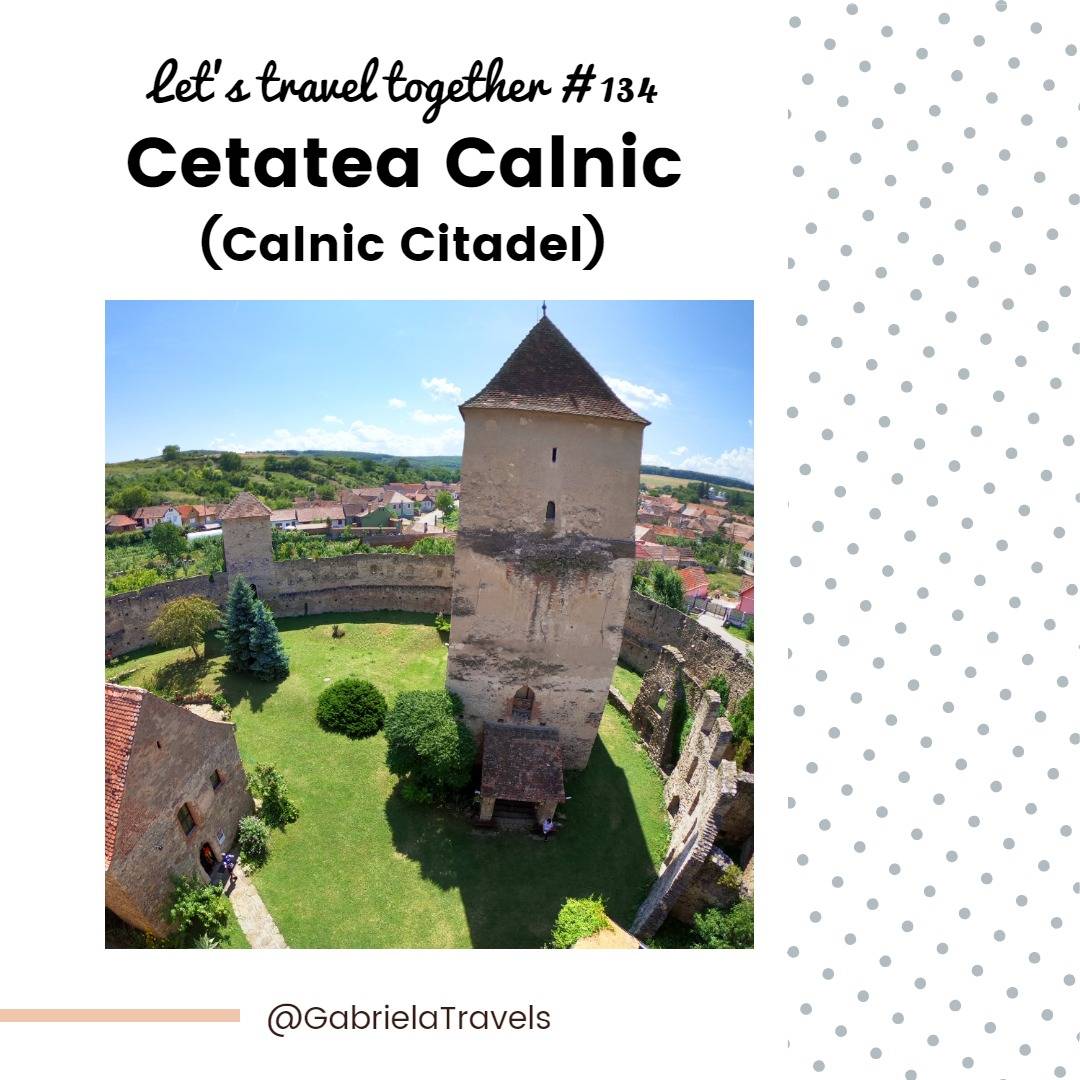
As I promised in my previous post, it's time to get back on my travel journals and bring to your attention some incredible places that I had the pleasure to discover in my Romania Tour from the past summer.
So here it's the first of it - a citadel which even if it's on the UNESCO list since 1999, it's still not as explored as it deserves, many people not even knowing about its existence.
Câlnic Fortress is considered the most valuable historical building which is located in the village with the same name (Câlnic) and which is still standing still after more than 7 centuries since it was built, at the same time when the Conwy Castle from Wales was raised.
The citadel has been through a lot of journeys, seeing and being part of many historical events, which made it still wear the imprint of the German colonists' civilization from Transylvania.
Being placed in a location where are still many nations that are sharing the same ground, the name of Câlnic Citadel is mostly known by the Romanians, while the fortress it's still called Kelling Citadel by the Saxons and Kelnek Citadel by the Hungarians.
But none of these aspects is creating any dispute between the locals, while the past is back there with a reason and people learned that there are some incredible monuments we really have to appreciate more and take care of them while they make our existence prouder.
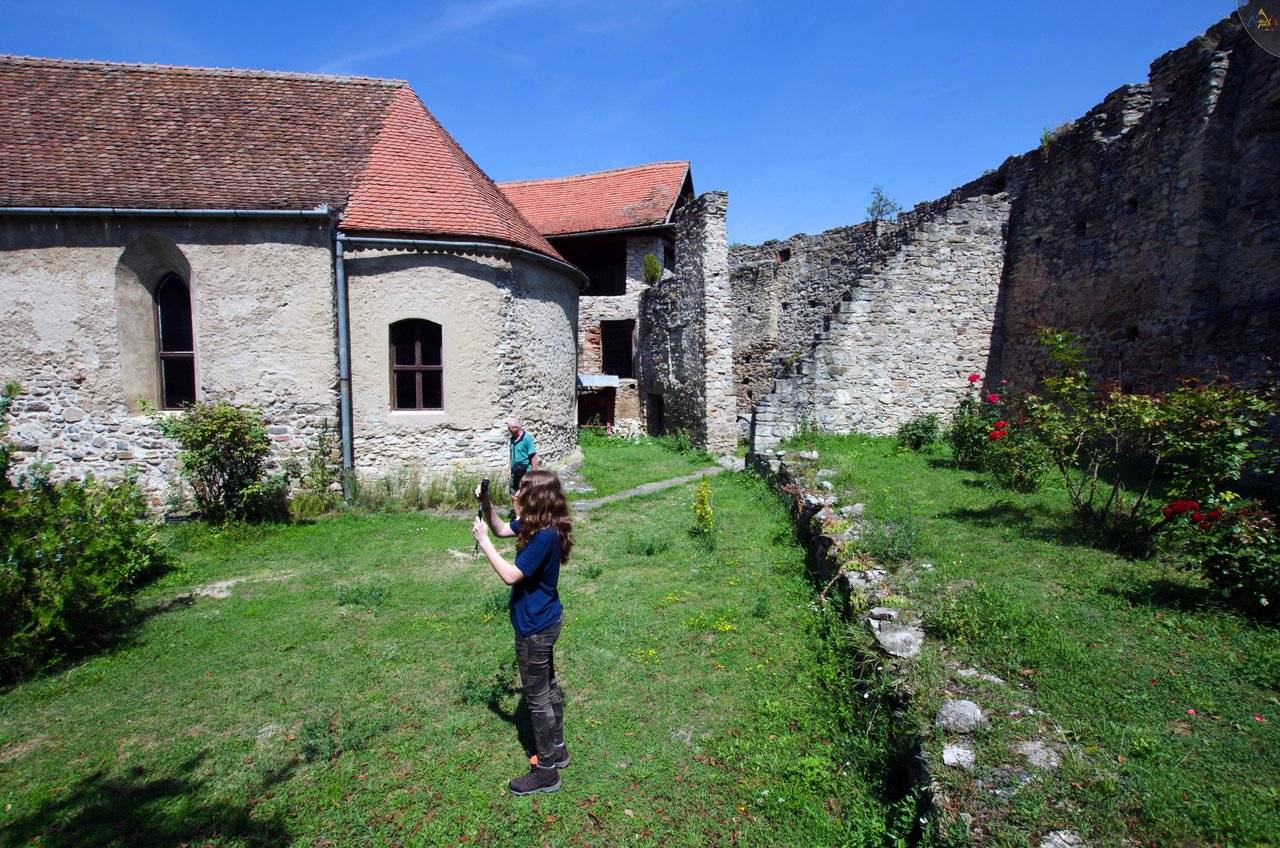 |
|---|
The fortress is located in the most medieval area of the village, which is most likely an entire historical complex that shelters the citadel, the evangelical church, the former noble residence together with the parish house.
 | 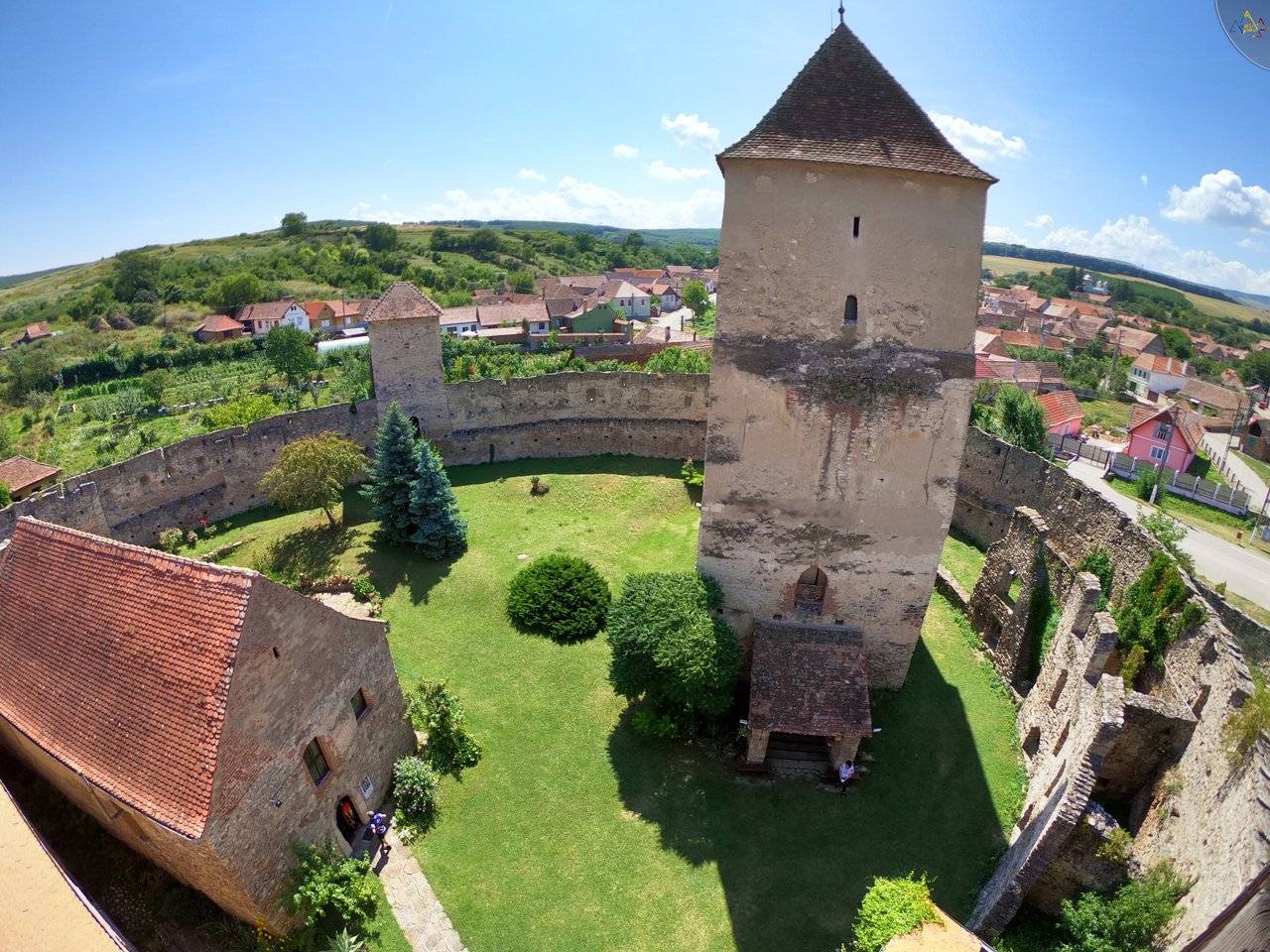 |
|---|
Câlnic Citadel is located between two shores, one which was populated with Saxons while the other was for the Romanians. There was always this little battle and rivalry between the two nations.
The curious thing is that Romanians were still present since the 17th Century being around 220 families in 1733, which is really not a small number for those times. And it took only a little over 120 years for the Romanians to raise their population with 200 people over the Saxons' number of souls.
During the time and after I visited tens of citadels, we got used to find the fortresses placed on a relatively high altitude having the main purpose to get a proper view over the villages and locals and take care of them against possible wars, but not now, because Câlnic Citadel is an atypical monument than any other, which strengthens the idea of being one of the most important buildings of Romania.
Câlnic Citadel is located on a normal altitude because this one never wanted to make the others feel dominated by its existence.
The architecture of the fortress is also not common as it has two rows of stones walls that are surrounding the complex, being built in an oval shape that was even more fortified having 3 towers and a bastion.
The main stars of the complex are the chapel, the fountain and the tower-dwelling or dungeon which were placed in the heart of the citadel.
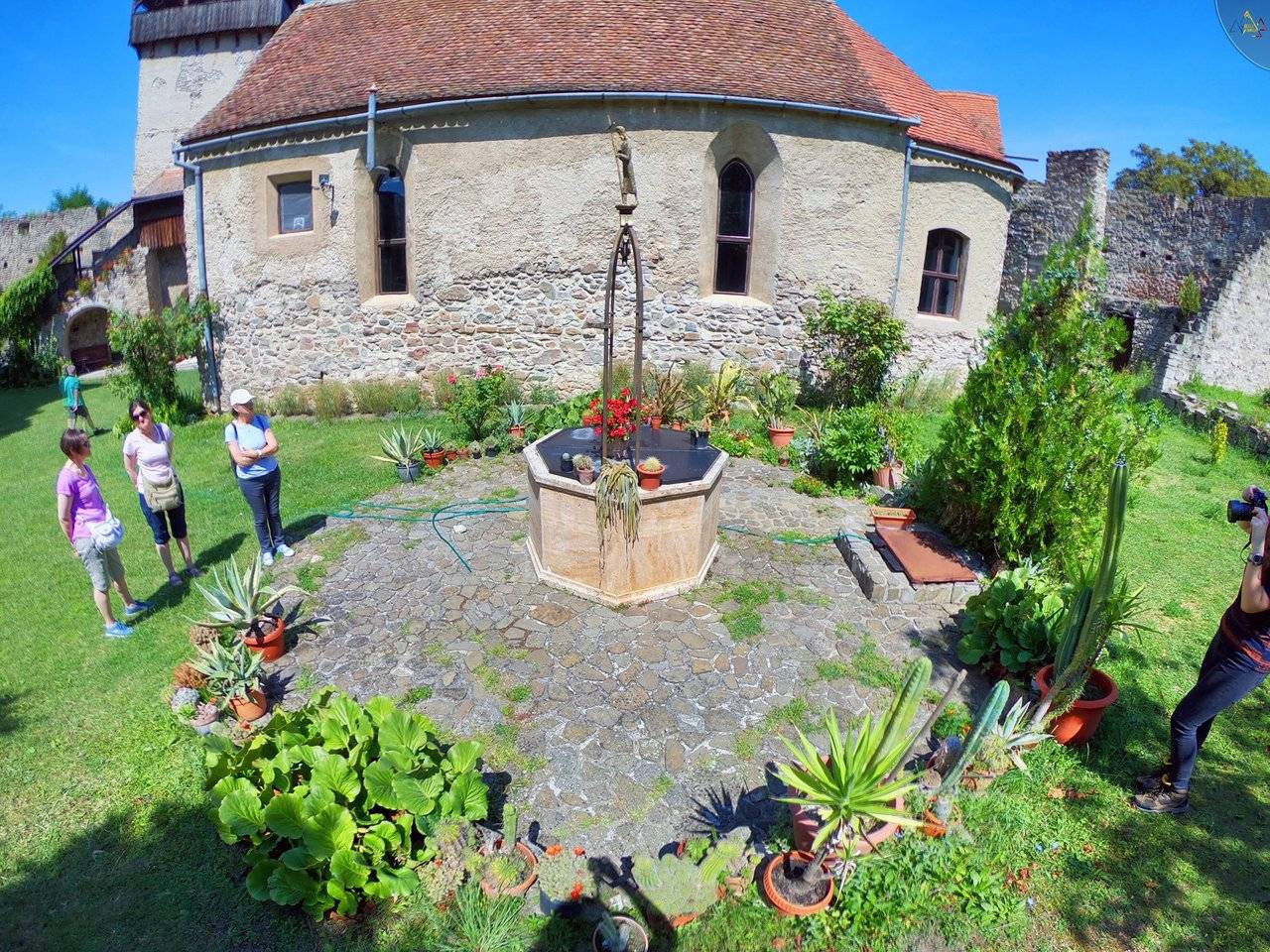 |
|---|
 |  |  |
|---|
At the bottom of the tower-dwelling, there is a small wine vault that is being safely kept by the locals, sheltering some of the tastiest and most respected wines from Romania.
The barrels have a capacity of 5.000 - 6.000 litres and they are made out of Oaktree wood.
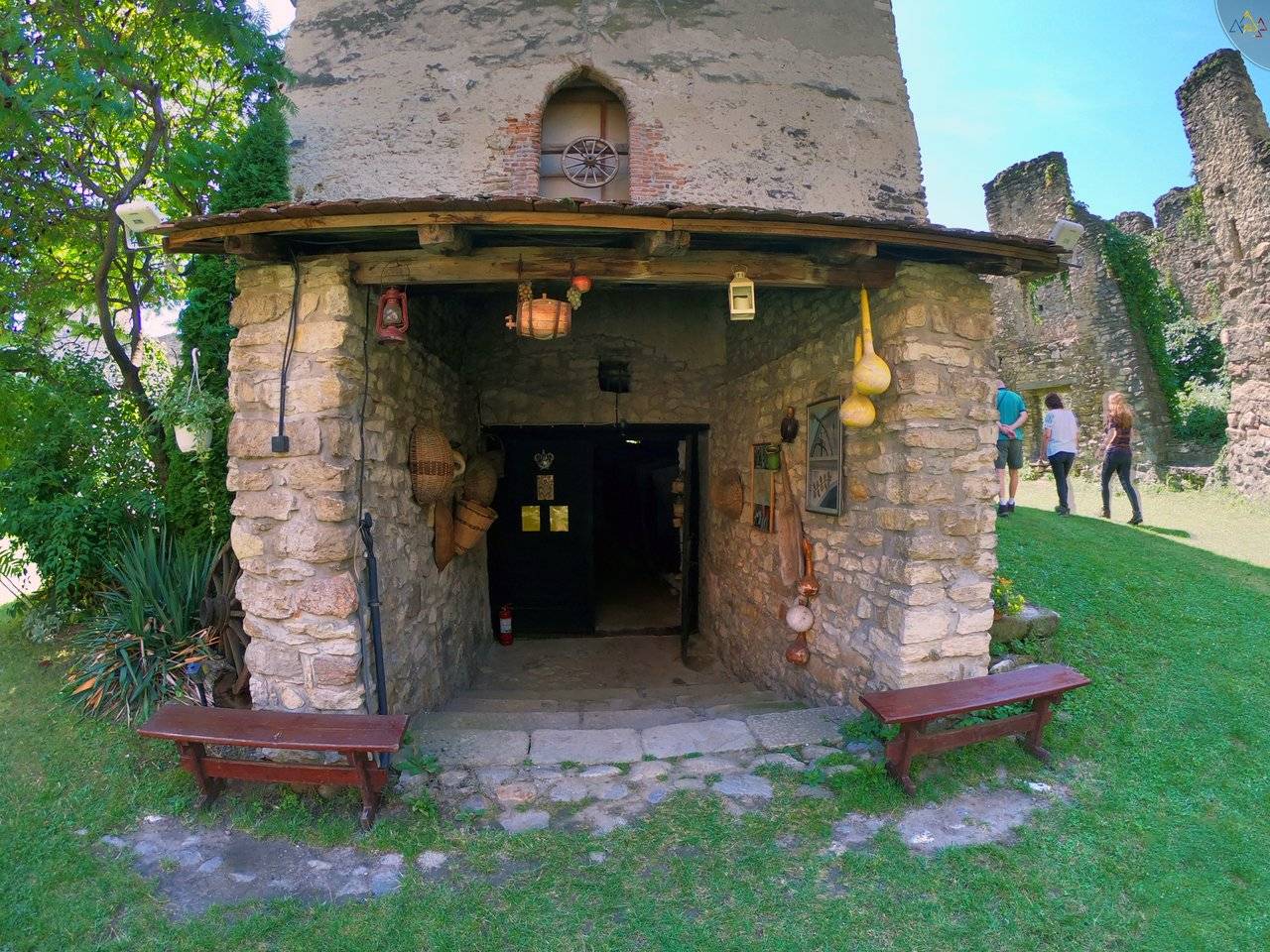 | 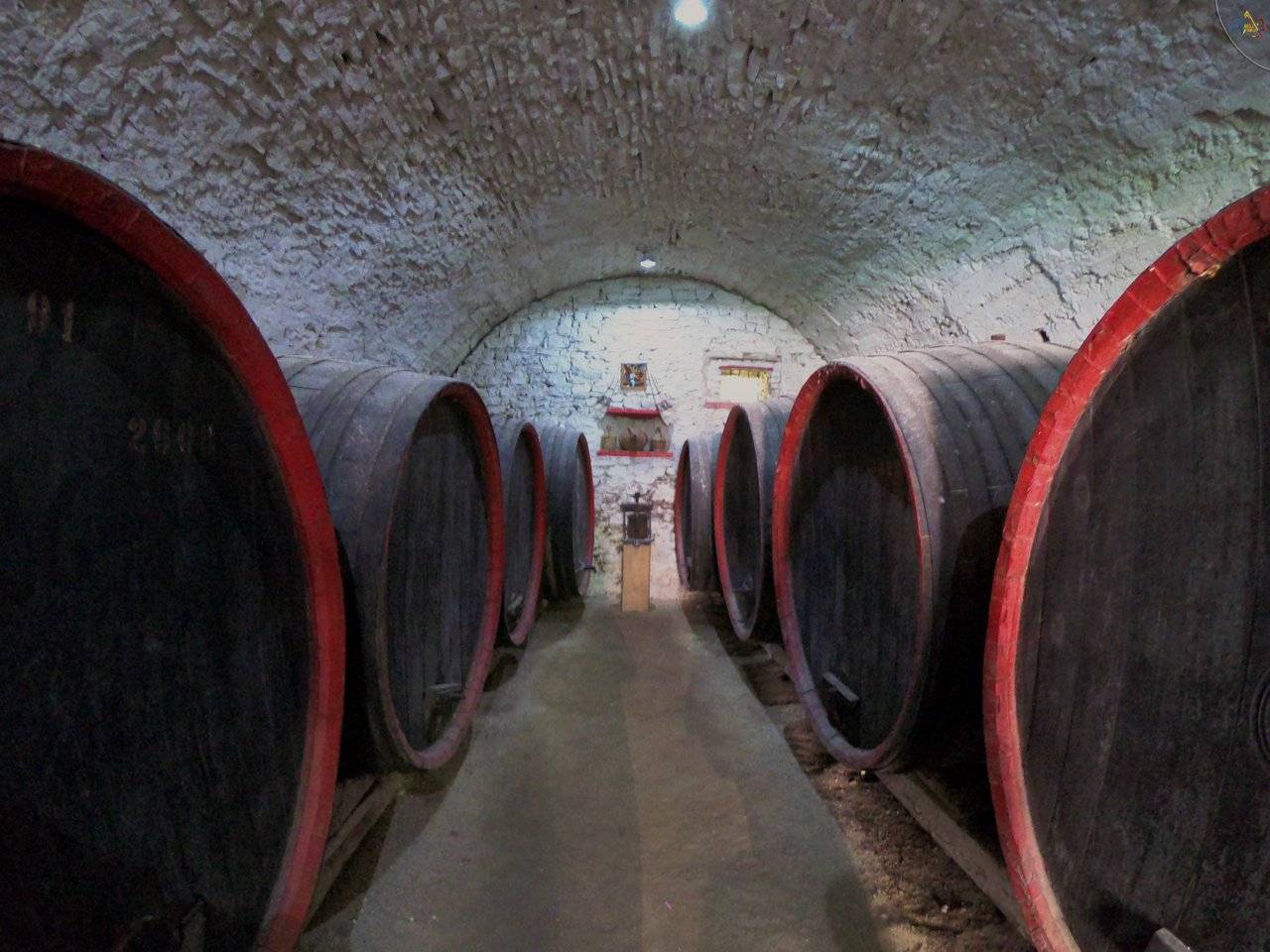 |
|---|
One of the most dominated monuments of the complex is the main tower located at the entrance to the fortress that has a height of 24m and from where you get one of the best views over the whole historical area.
The entrance to the fortress is being made through the ground floor of this tower known as The Gate Tower, and if you want to continue to the top of the tower you need to walk on the vertical stairs made of wood.
The stairs are pretty narrow and steep which makes the ascension request some more attention from you.
As soon as you reach the top of the tower you will be well-rewarded with a great view over the citadel but over the village too and take advantage of the feeling like being on top of the world.
More than that, you will get to see an authentic defence gallery with 4 huge bells that were used to get the attention of the locals for precious information that was about to happen.
The bells offered the 2nd name of the tower, being also known as The Bell Tower, and are used nowadays every Sunday and during the holidays.
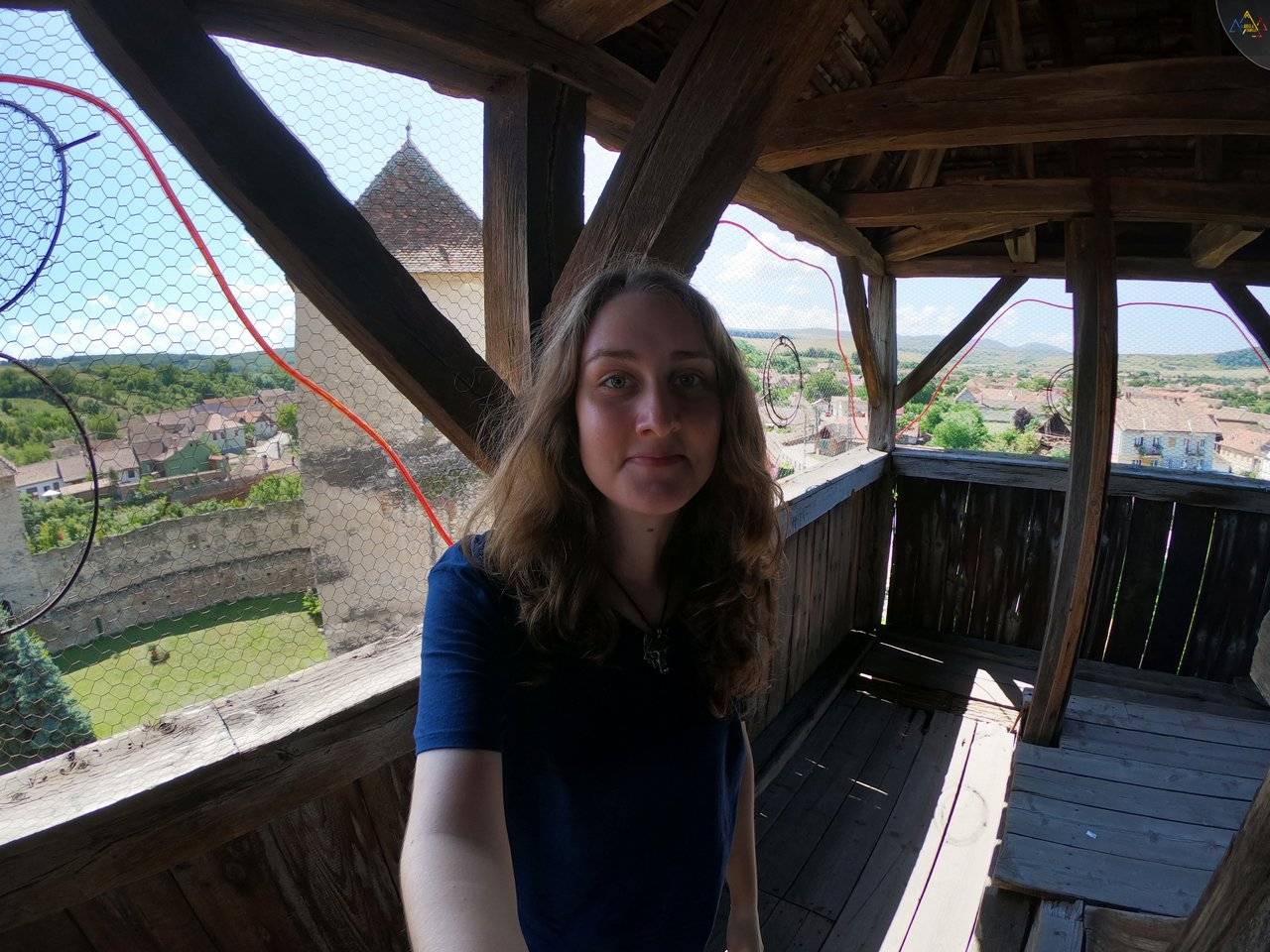 | 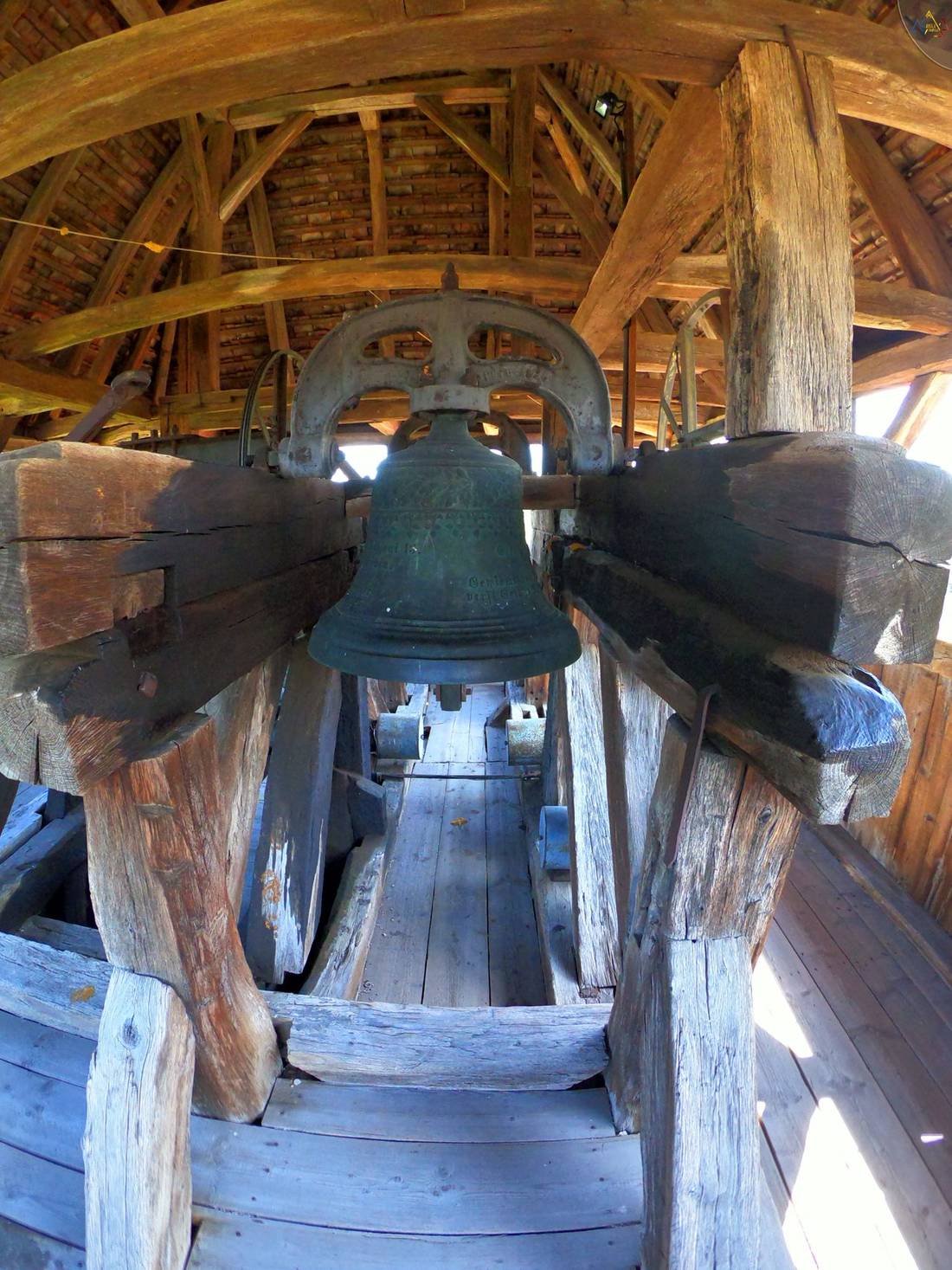 |  |
|---|
But before reaching the tower there is a small ground floor we need to pass through that I mentioned a little bit earlier.
That is most likely a tiny corridor where you can get to see some old pictures of how this place used to be hundreds of years ago, a welcome panel where are being shared the prices of visiting the fortress, as well as a map with some other citadels and churches with a huge historical power that are located in Transylvania not too far away from each other and which are also on the UNESCO World Heritage List.
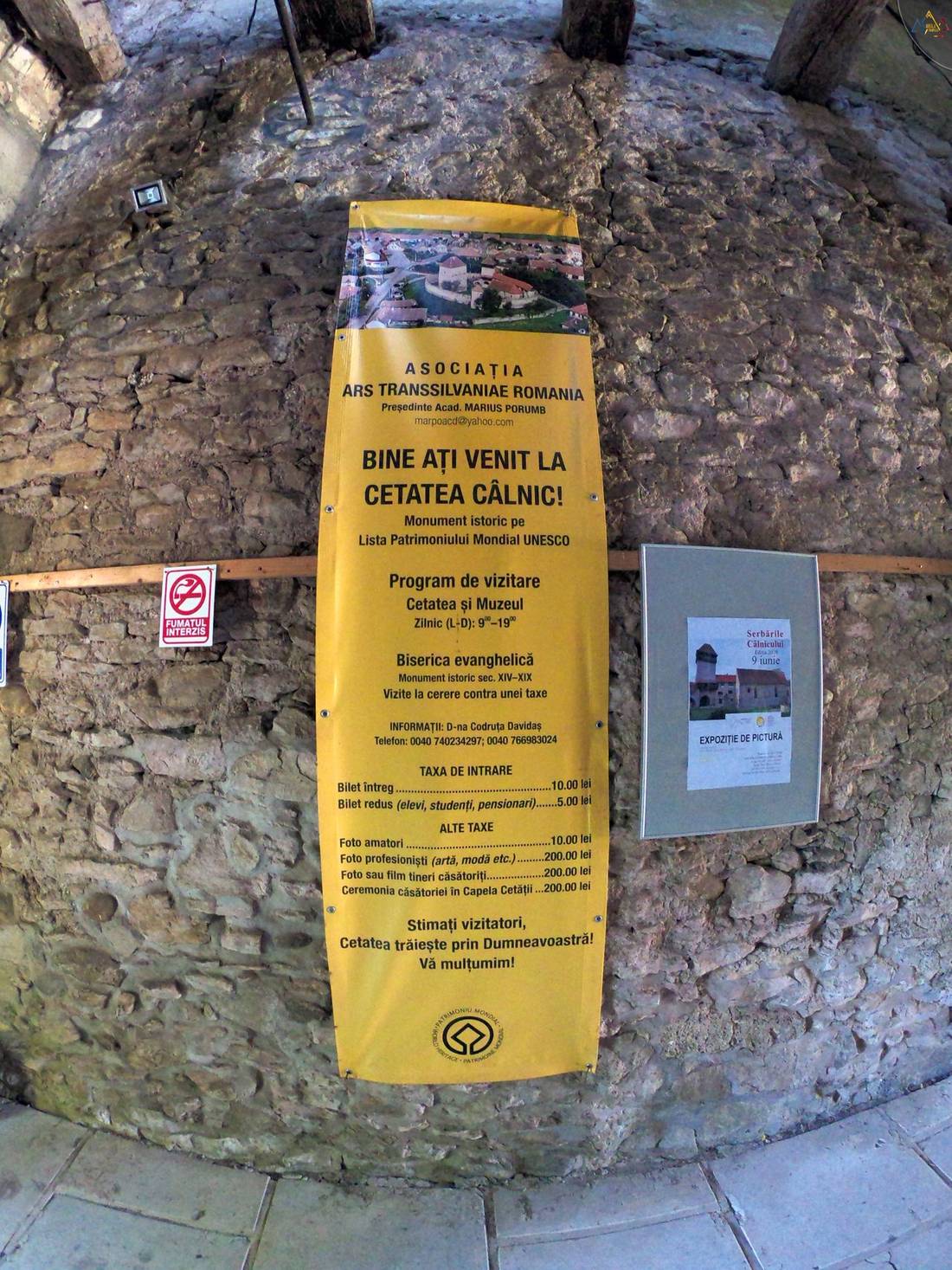 |
|---|
The citadel is being open for visitors any time of the year from Monday to Sunday between 9 AM - 7 PM.
Visiting Taxes:
- Adults Ticket: 10 RON / 2,08 EUR;
- Students/Children/Retirees Ticket: 5 RON / 1,04 EUR;
Other Taxes:
- Amateur Photographer Fee: 10 RON / 2,08 EUR;
- Professional Photographer Fee: 200 RON / 41,54 EUR;
- Wedding Photography or Videography Fee: 200 RON / 41,54 EUR;
- Keeping the Wedding Ceremony inside of the Citadel's Chapel Fee: 200 RON / 41,54 EUR.
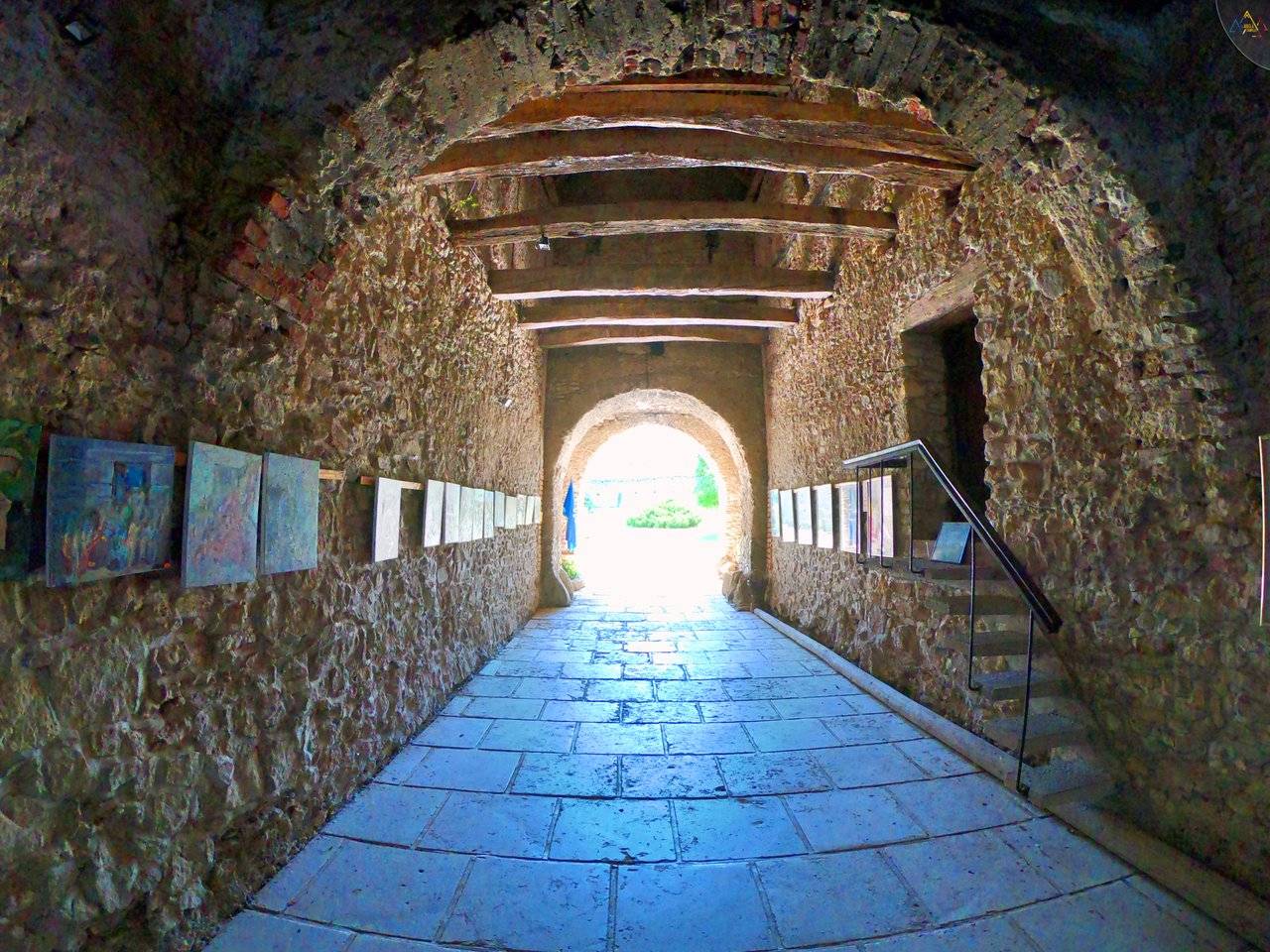 |  |
|---|
Not to forget about the dungeon mentioned a little bit earlier, because it represents the perfect place if you want to learn more about Romania's culture, serving nowadays as a museum.
The dungeon represents the oldest building of the complex that was also called the Siegfried Tower, measuring nowadays 27m height and which used to serve as a house for the noble families who were living in Câlnic Village.
The first floor of the building was the main room for living, having a fireplace for the colder periods of the year, while the 2nd floor was most likely a place where people could deposit different things.
Today, visitors can get to see the authentic tools people used back then, as well as some precious folk and medieval art collections.
The variety of the objects deposited in the museum is huge: from religious icons painted on wood and glass to furniture, from traditional costumes to carpets and textiles, from old Romanian and German printings to cult objects, and many more.
At the first floor, there are some metallic tools from antiquity that represent an exhibition dedicated to the raising of vines, as well as viticulture - very atypical to what people are using nowadays. :)
 |
|---|
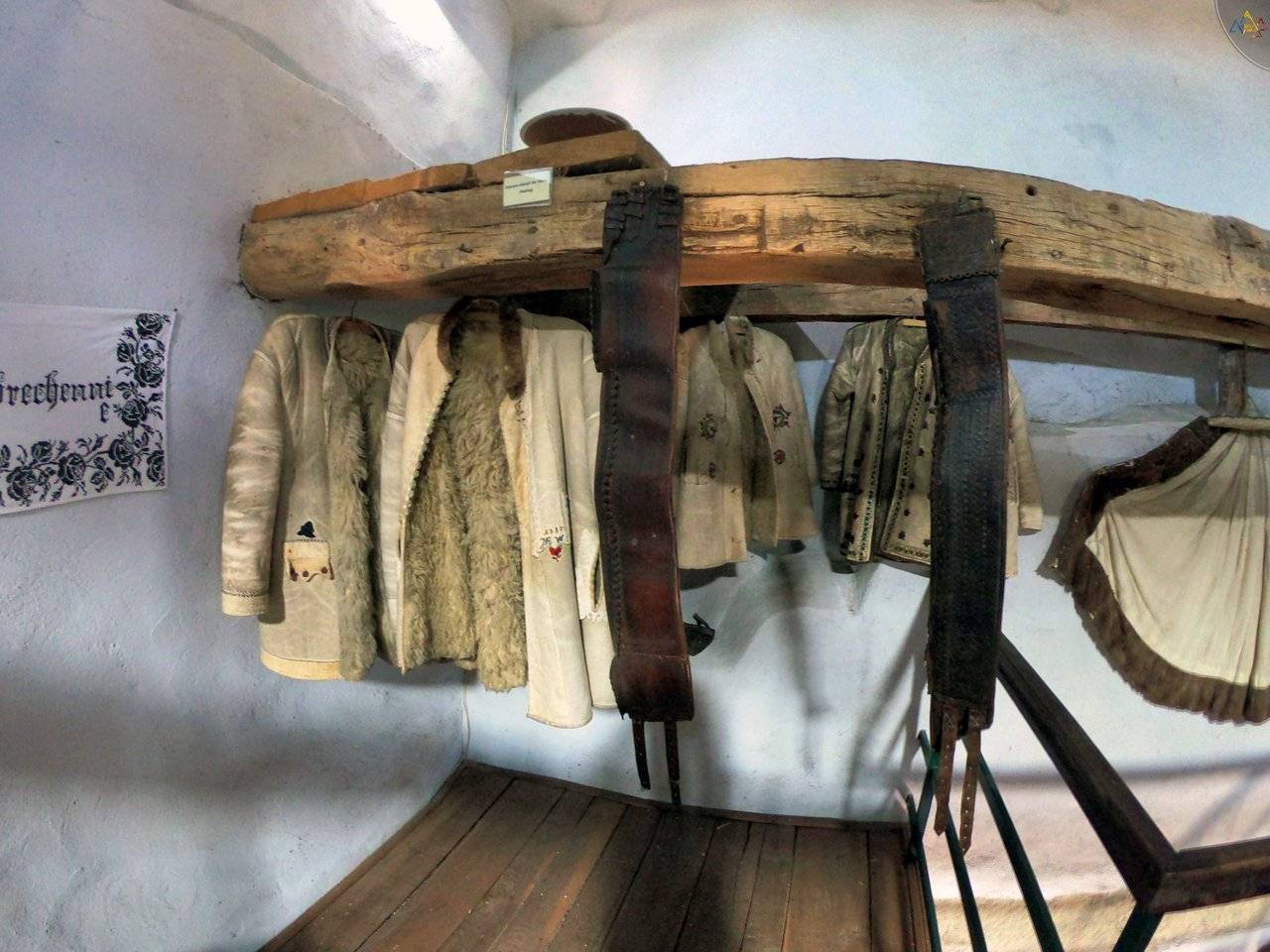 | 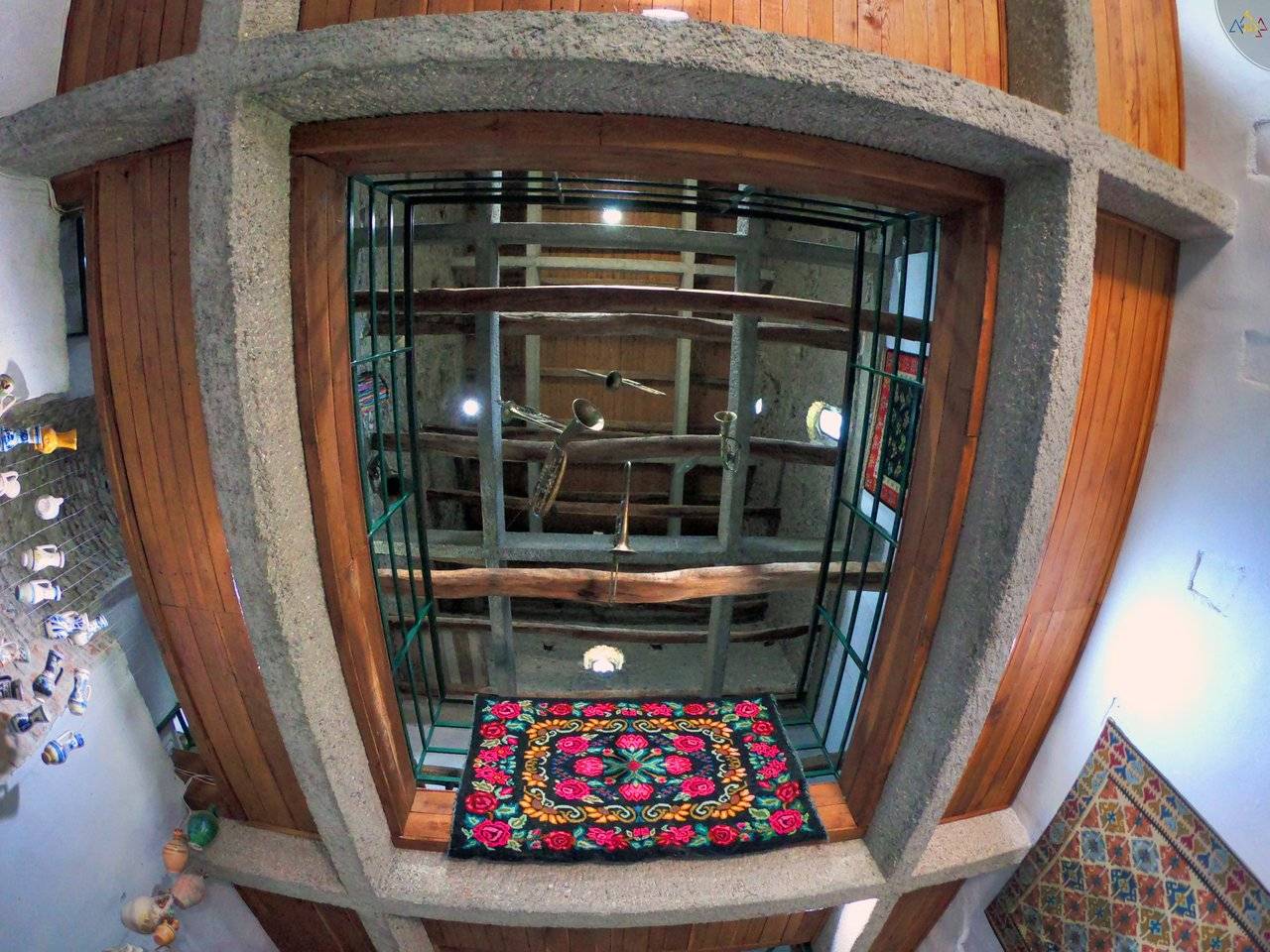 | 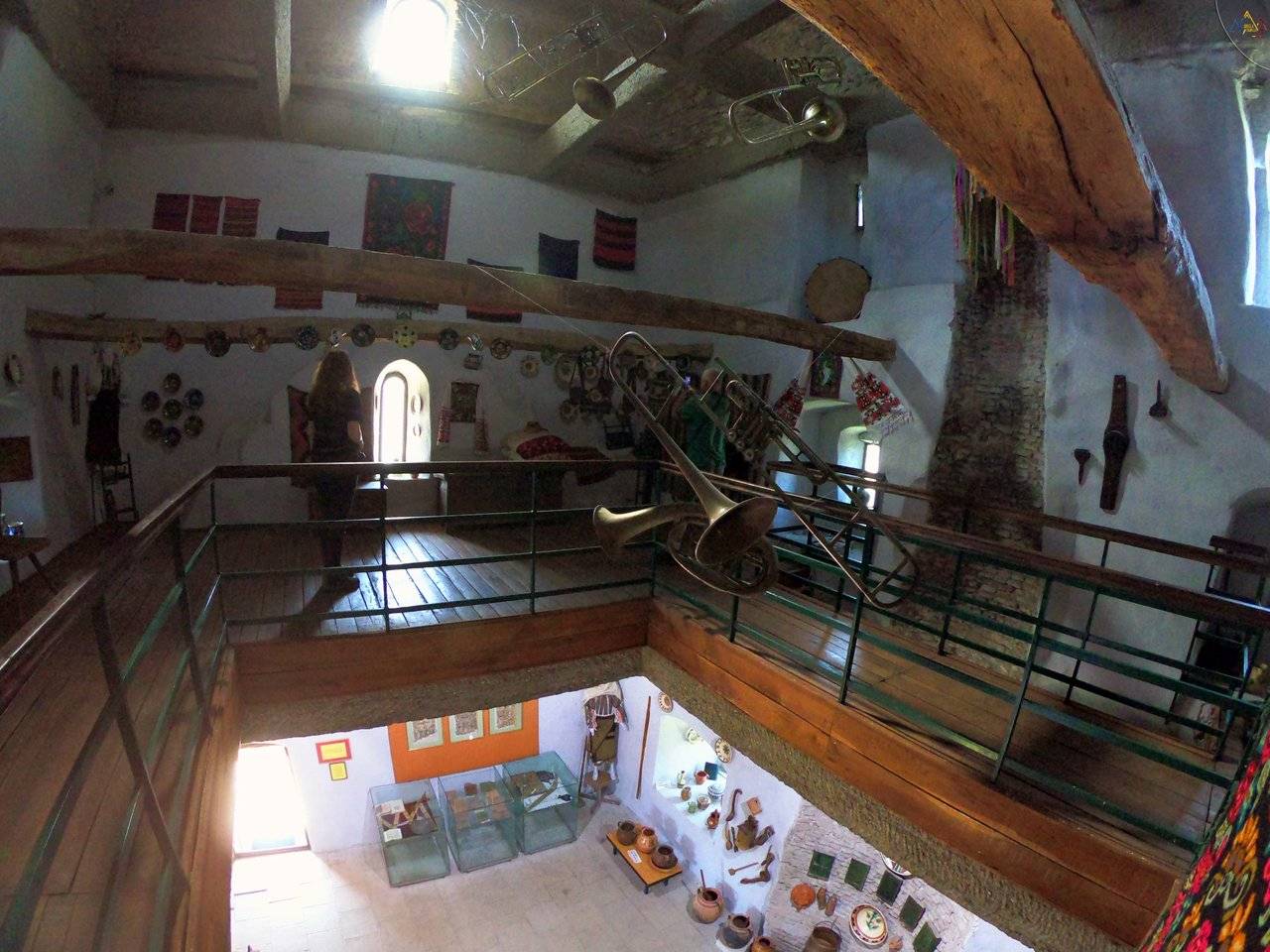 |
|---|
Last but not least, there is a church inside of the complex which is the most recent monument built but which is still under construction, where people can also visit and stop by for a donation or just some good thoughts left into the visitors' book.
One of the most valuable things of the church is an authentic pipe organ that was realized in Viena back in 1867 and which is still working today.
The church was also included on the UNESCO World Heritage list.
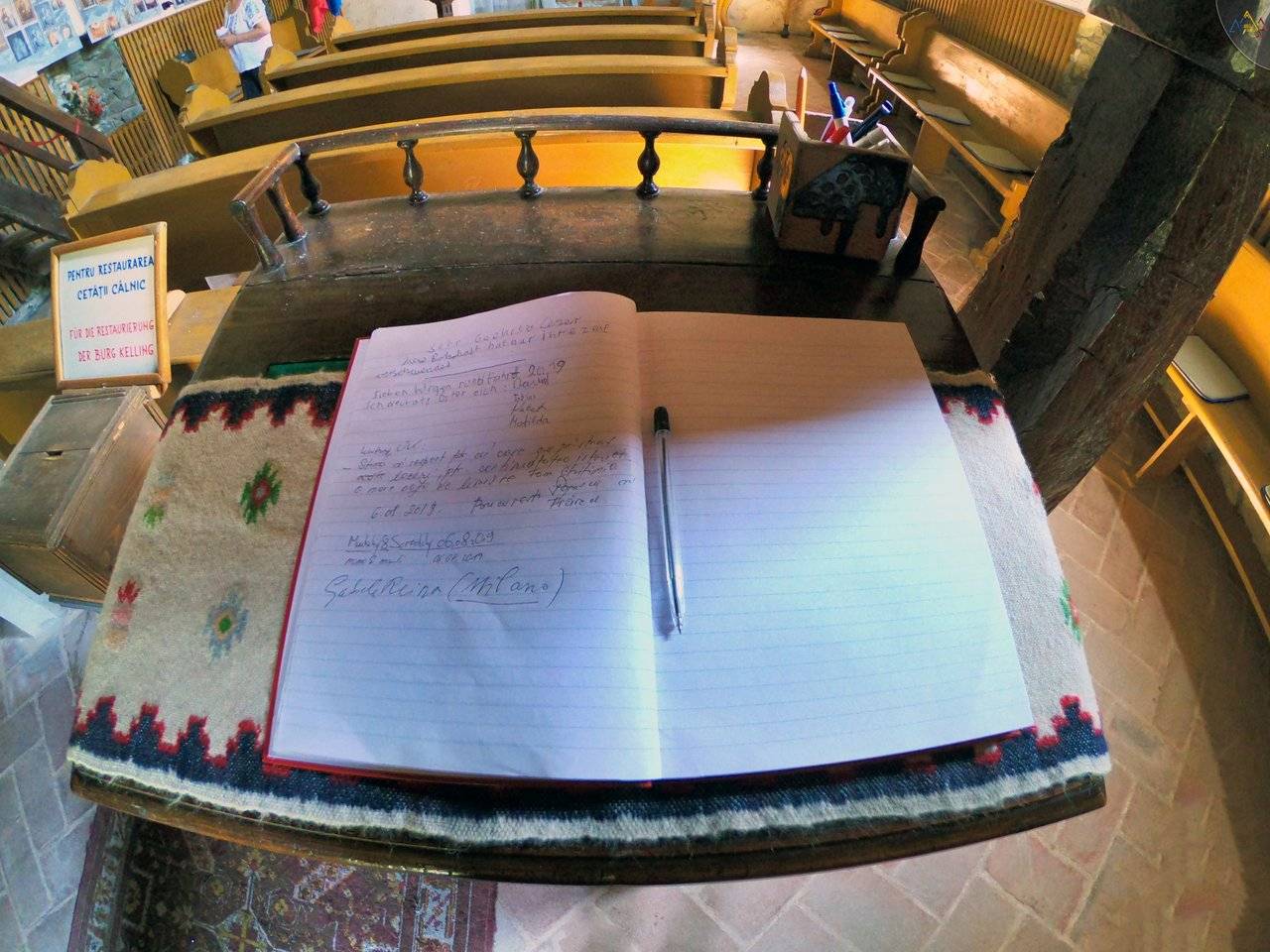 |
|---|
 |  |
|---|
But the evangelical church I mentioned at the beginning of this post is located next to the citadel, up on the hill where is also a cemetery, but which were abandoned and left closed forever since it ceased to hold prayers.
So we got to admire it only behind the gates, which makes me feel kind of sad because it definitely has a great story to be shared and that many people would like to listen to.
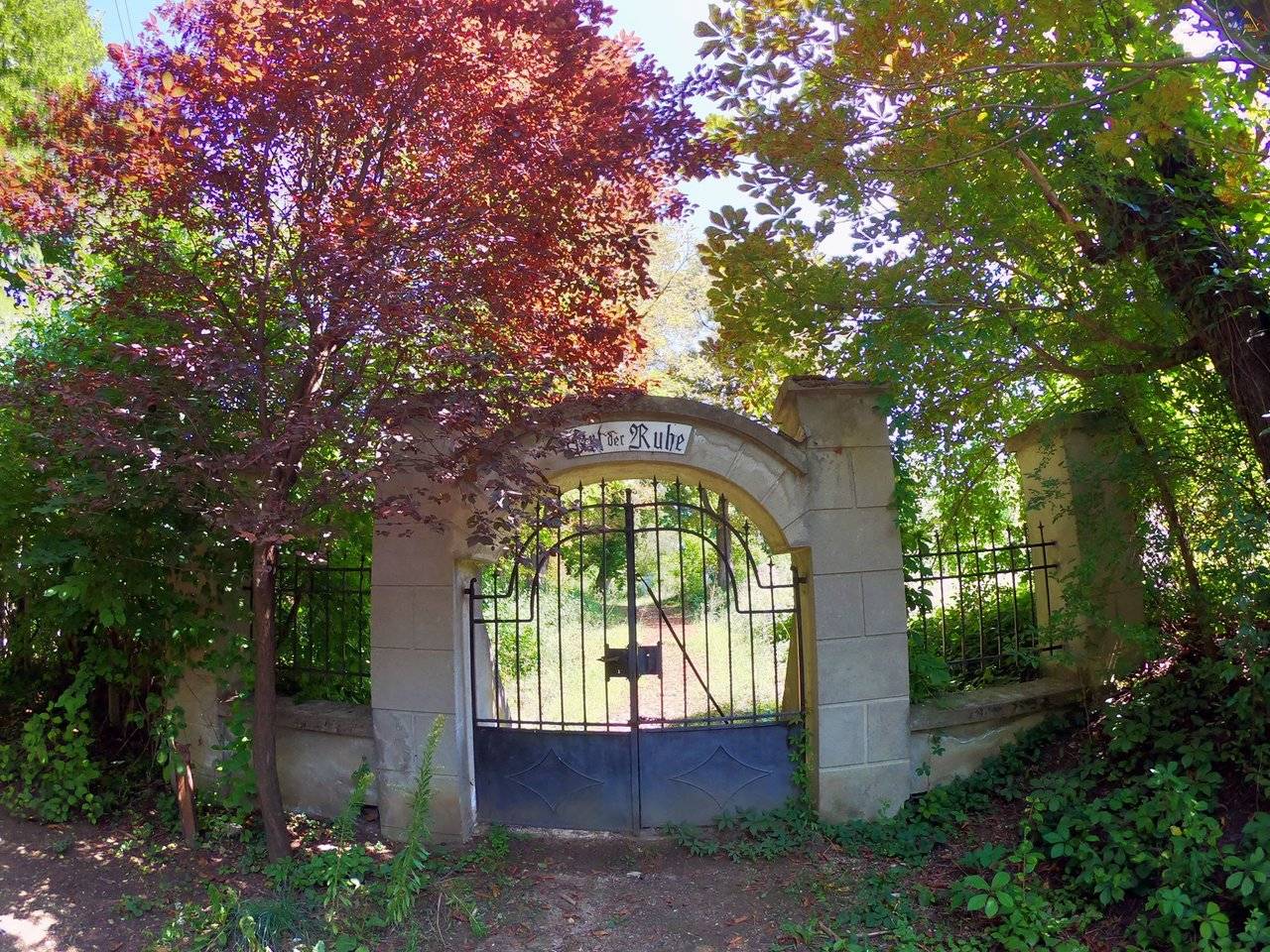 |
|---|
But a thing that makes the fortress really unique from any other fortifications discovered before, is that it offers the possibility of sleeping in one of the 2 rooms which are having 3 beds each and who are waiting for the tourists to spend a night there and have the proper feeling of how people used to live hundreds of years ago.
The price for renting a room for a day is of 200 RON / 41,54 EUR per night and then people can benefit of the other things without needing to pay any other taxes. (e.g. entrance and photo fees)
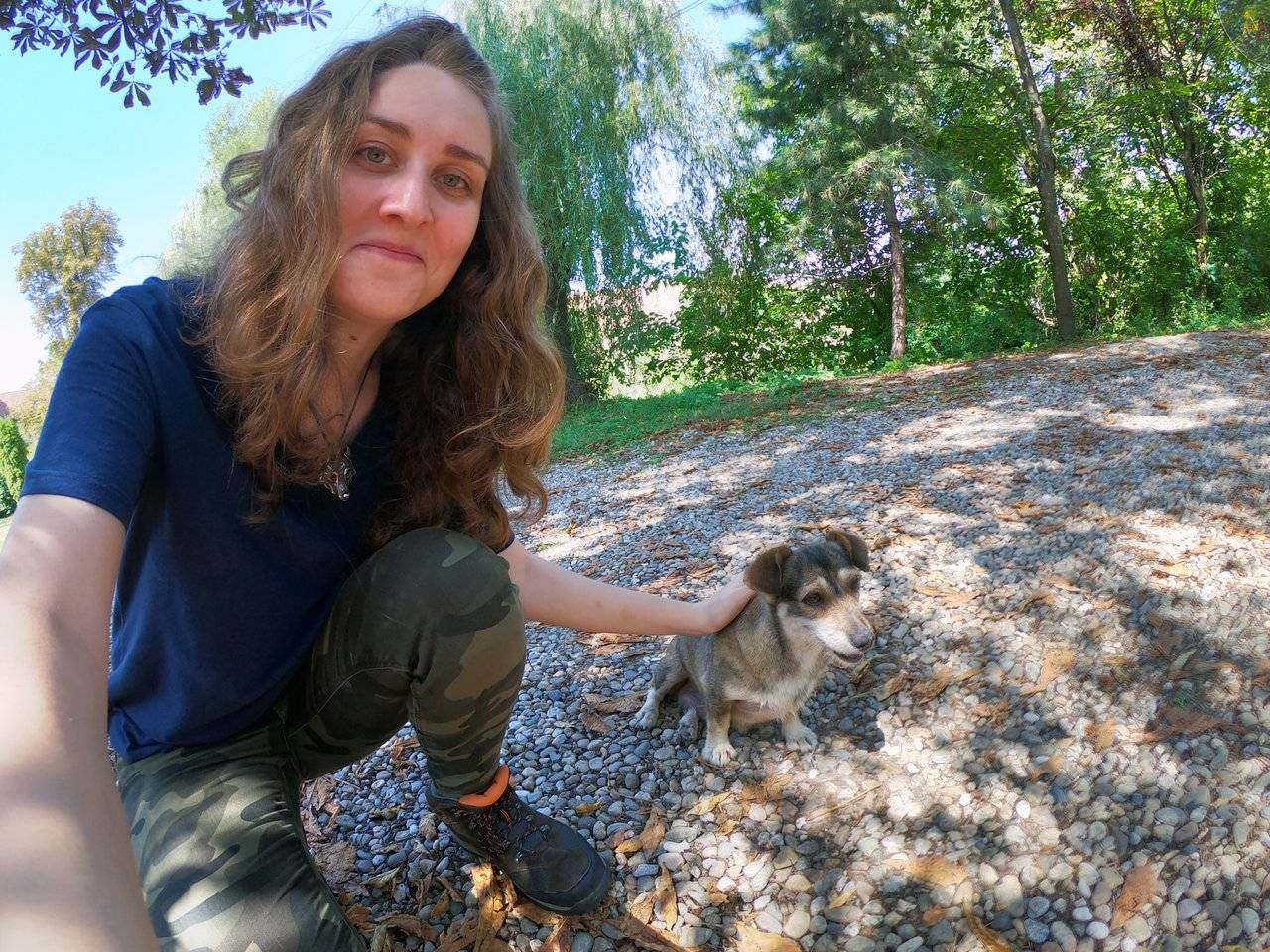 |
|---|
The icing on the cake was this little guy I found taking care of the fortress whom I shared the food with, before heading to the next touristic attraction planned for the rest of the day, haha.
Câlnic Citadel is located in Alba County, on 55 km away from Sibiu and on 29 km away from Alba Iulia.
If you come from Sebes to Sibiu, you need to follow the road for 10km and then find a road sign on the right that leads to the citadel. After another 3km you will reach the beautiful historical complex.

SEE YOU IN THE NEXT TRIP! 🗾



You can find me on:
↪ Blog: http://gabrielastravels.wordpress.com/
↪ Fiverr: https://www.fiverr.com/gabrielatv/
↪ Discord: GabrielaTravels#0104
↪ Facebook: https://www.facebook.com/gabrielaistraveling/
↪ YouTube: https://www.youtube.com/gabiivdesign
↪ Instagram: https://www.instagram.com/gabriela.tv/
↪ Twitter: https://twitter.com/GabrielaTravels
↪ PayPal/Contact: [email protected]
